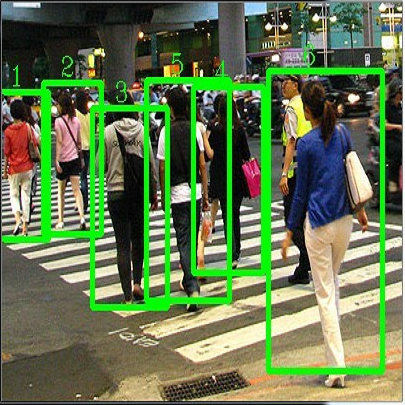CNN-based generative modelling has evolved to produce synthetic images indistinguishable from real images in the RGB pixel space. Recent works have observed that CNN-generated images share a systematic shortcoming in replicating high frequency Fourier spectrum decay attributes. Furthermore, these works have successfully exploited this systematic shortcoming to detect CNN-generated images reporting up to 99% accuracy across multiple state-of-the-art GAN models. In this work, we investigate the validity of assertions claiming that CNN-generated images are unable to achieve high frequency spectral decay consistency. We meticulously construct a counterexample space of high frequency spectral decay consistent CNN-generated images emerging from our handcrafted experiments using DCGAN, LSGAN, WGAN-GP and StarGAN, where we empirically show that this frequency discrepancy can be avoided by a minor architecture change in the last upsampling operation. We subsequently use images from this counterexample space to successfully bypass the recently proposed forensics detector which leverages on high frequency Fourier spectrum decay attributes for CNN-generated image detection. Through this study, we show that high frequency Fourier spectrum decay discrepancies are not inherent characteristics for existing CNN-based generative models--contrary to the belief of some existing work--, and such features are not robust to perform synthetic image detection. Our results prompt re-thinking of using high frequency Fourier spectrum decay attributes for CNN-generated image detection. Code and models are available at https://keshik6.github.io/Fourier-Discrepancies-CNN-Detection/
翻译:以CNN为基础的基因建模已经演化成合成图像无法与 RGB 像素空间的真实图像相区别的合成图像。 最近的工作发现CNN产生的图像在复制高频 Fourier 频谱衰减属性方面有一个系统性的缺陷。 此外,这些作品成功地利用了这个系统性的缺陷来探测CNN产生的图像,报告在多个最先进的GAN模型中达到99%的精确度。在这项工作中,我们调查了声称CNN产生的图像无法实现高频谱衰变一致性的说法是否正确。我们仔细建造了一个高频光谱衰变一致CNN生成图像的对应空间。我们利用DCGAN、LSGAN、WGAN-GP和StarGAN手动实验产生的图像,在复制高频频频 Florder图像时,我们从实验中发现,通过对最近高频光谱GLOVA/CR图像进行高频频频谱变换,我们使用高频的图像变频变频变频变频变频变频变频模型来避免这种频率变频变频。



